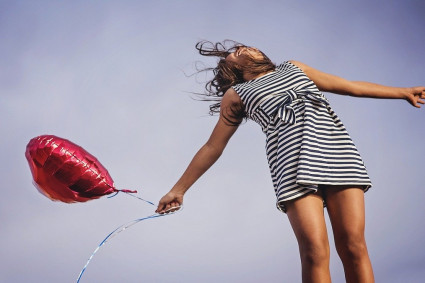The type of brush matters, but so too do technique and timing. Hair brushing daily DOES have benefits – but it has to be done right.
… 97, 98, 99, 100! Brushing your hair 100 times a day still works, right?
Well, yes and no. It depends. It’s true that long hair in particular can benefit from brushing. Just not any old brush at any old time. There are different brushes for different kinds of hair, of course, but wet vs. dry hair matters as well. And the general idea of stimulating natural scalp oils and distributing it over the length of the hair still makes sense.
But as with so many things in life there are right and wrong ways to do this that could lead to both male and female hair loss, necessitating a visit to the local hair loss treatment clinic.
First, let’s tackle the question on why lots of brushing can be beneficial. The primary benefit of brushing hair is valid, 100 years ago as much as today: It helps distribute natural oils from the scalp to the full length of the hair. Those oils have nutrients that nourish the hair, which can easily dry out. They prevent frizz and add shine.
Secondarily, the business of brushing with a gentle rake across the scalp massages the skin, promoting blood flow. This brings nutrients to the hair roots. Added up, these things lead to healthier hair and scalp and they promote growth of existing hair (i.e., it does not bring back lost hair).
Next, how can brushing go wrong – even to the point of leading to hair loss? Tugging is the main problem, as when brushing that leads to tangled, knotty snarls that the brusher ends up pulling some of those shafts out. That hair will grow back most of the time. But sometimes an infection can result, leading to patchy bald areas of permanent hair loss.
Another mistake is to brush hair after shampooing, while still wet. The problem is wet hair itself is weaker, therefore it can break if vigorously brushed when it is. If a wide-toothed comb can pass through without tangles, use that instead on wet hair.
Finally, what are the best practices for hair brushing? Think about two things when brushing: Don’t pull your hair out with too-vigorous tugging, and make sure the natural oils are gently distributed throughout.
So first you have to gently get rid of the snarls at the ends. That’s why hair experts advise brushing in sections, from the bottom up. So first brush the last 4-6 inches of (very) long hair, working through the knots, move up to the mid section of your lovely locks to accomplish the same thing, then to the upper third. Once snarl free, brush from the scalp down.
Maybe achieving exactly 100 brushes isn’t the goal. Instead, think of doing each of those three sections – bottom 4-6 inches, mid-section, the scalp section, followed by the full-length brush – without being a rigidly committed to a number.
Which kinds of brushes work best?
In addition to the wide-toothed comb for wet hair, the first thing to think about with dry hair brushing is natural bristles. Boar bristles are one type, and some mix of nylon bristles can be OK. What you want to avoid is anything that causes an electric charge, as do all-plastic hairbrushes.
When drying the hair with a blow dryer, plastic bristle combs with molded tips (part of the bristle, not glued on) protect the scalp from scraping.
Cushioned brushes, those that give, help avoid hair breakage as well.
So go ahead and brush – carefully, with the right equipment (brushes) at the right times.




